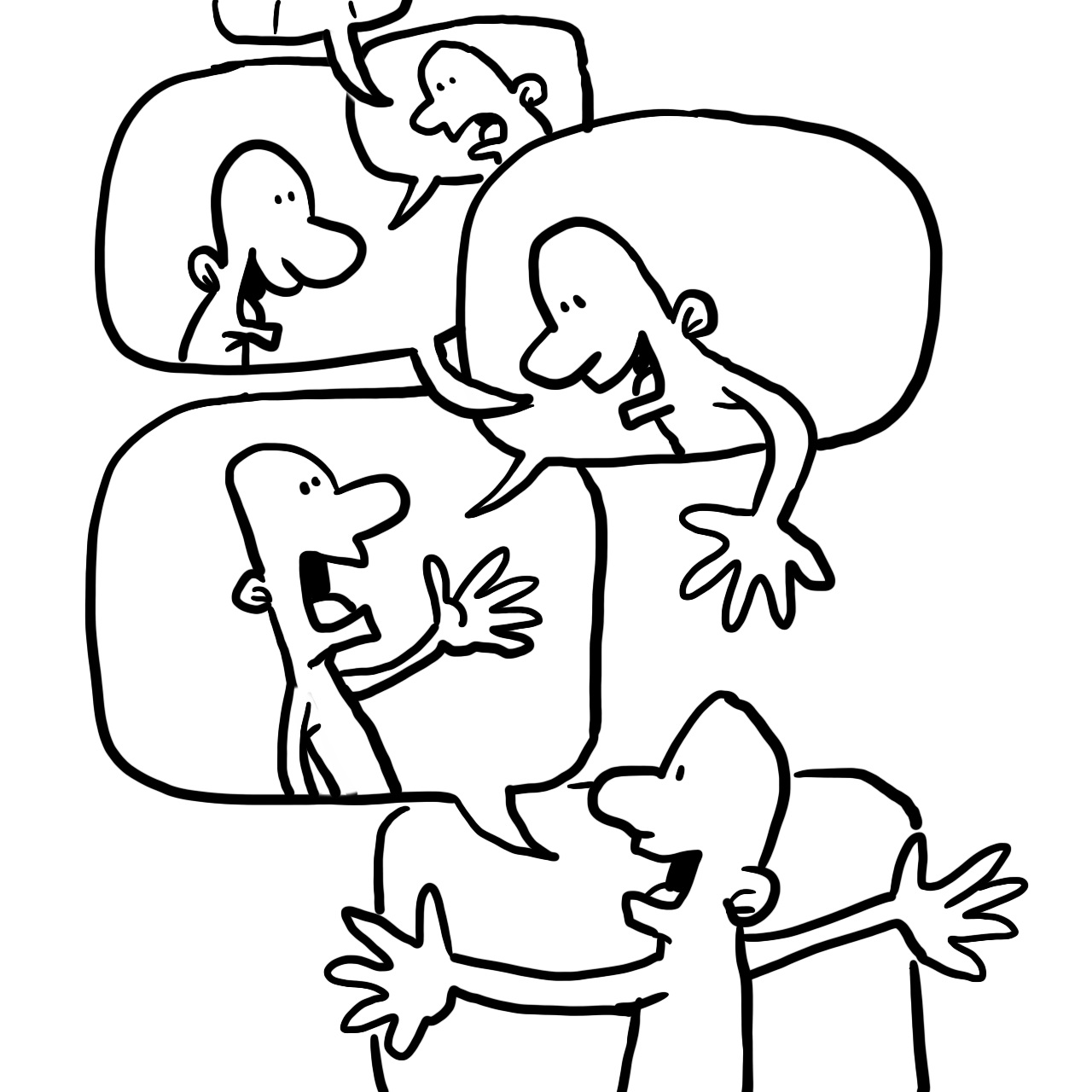
We feel super honored & extremely grateful to the judges at UNAIDS & ViiV Healthcare for selecting Adam's Love innovative ‘7-milestones Positive Journey Map’ as the award-winner of the prestigious ‘Breaking out of the Echo Chambers’ – a
#PositiveAction challenge! Thank you very much!
Positive Action Challenges Awards
BREAKING OUT OF THE ECHO CHAMBERS
This Challenge supports innovative storytelling approaches via digital technology, including but not limited to social media channels, to engage targeted, hard-to-reach groups on issues related to HIV prevention, testing, care and/or stigma.
In collaboration with UNAIDS The Joint United Nations Programme on HIV/AIDS (UNAIDS) leads and inspires the world to achieve its shared vision of zero new HIV infections, zero discrimination and zero AIDS-related deaths.
THE CRITERIA
We support storytellers utilising digital technology to engage targeted, hard-to-reach groups on issues related to HIV prevention, testing, care and/or stigma. Digital technologies include, but are not limited to social media, online games, data visualisations, interactives and audio (radio/podcasting).
Storytellers ‘breaking out of their echo chambers’ are:
1. Utilising digital technologies that hard-to-reach people are already using, but where HIV information or stories are uncommon or typically ignored.
2. Proactively engaging audiences that are not a part of their existing network or ‘natural’ audience base.
Success measures included:
1. Clear identification of a hard-to-reach group of people, and the digital technology(ies) the group uses already that the storyteller seeks to utilises.
2. Demonstration of a novel digital-storytelling approach on that technology(ies), targeted to that group.
3. Evidence that the storyteller’s efforts engaged the targeted group about HIV testing, prevention and/or stigma to yield a measurable effect.
We recognised creative storytellers who:
1. Target a well-defined, hard-to-reach group.
2. Creativity utilise digital technologies to engage the identified group.
3. Prove that they have reached that group in a meaningful way.
THE ISSUE
At the AIDS 2018 Conference, UNAIDS and Positive Action held a symposium with storytellers to explore the questions: how often do you feel the stories you tell or that you hear is like preaching to the converted? How do we address misconceptions about HIV and tackle stigma with people and audiences that are hard to reach?
This Challenge prize seeks to extend this discussion to storytellers that actively target hard-to-reach at-risk groups using innovative and creative approaches on digital technologies.
As digital technologies become more and more ubiquitous across a variety of settings, the potential for digitally-based storytelling to engage people at risk or living with HIV continues to expand.
An explosion of social media-based health promotion efforts over the past several years reflect a growing understanding that digitally-based storytelling can play a role in behaviour change. The rise of digitally-based storytelling in the HIV/AIDS response aligns to this trend.[i] For example, social media is an increasingly used tactic to get information related to HIV prevention, treatment and care to people at risk of or living with HIV.[ii]
Some people at risk of or living with HIV utilise digital technologies, but may not be exposed to, or engage with, digitally-based storytelling about HIV prevention, testing, care and/or stigma. There may be a variety of factors as to why these ‘hard-to-reach’ groups are not being reached. One of the reasons may be the ‘echo chamber’ effect.
Analysis of social media use shows that, on the whole, most users tend to engage most with information that aligns to their existing beliefs and perceptions on the world. [iii][iv] In addition, some social media channels use algorithms to curate content that users are more likely to engage with. This phenomenon has been described as the ‘echo chamber’ effect, wherein users find themselves surrounded, in general, by content from like-minded people and preferred information sources. [v]
Echo chambers can be an opportunity as well as a barrier in the HIV/AIDS response. Some online communities offer safe spaces for individuals to access and share HIV-related information and resources in a stigma-free manner. On the other hand, echo chambers can also enhance stigmatisation, promote discriminatory behaviours or spread inaccurate or false information.
To some extent, the ‘echo chamber’ effect can limit an individual or organisation’s ability to reach people outside of their social networks or ‘natural’ audience bases, who may be unexposed to, or misinformed on, issues related to HIV and people living with HIV.
Engaging hard-to-reach groups in order to inform and address specific misconceptions about HIV could help to push the HIV/AIDS response to the finish line. Innovative storytellers who utilise digital technologies to ‘break out of the echo chambers’ can play a part in ending AIDS as a public health threat.
References
[i] What Is Health Communication and How Does It Affect the HIV/AIDS Continuum of Care? A Brief Primer and Case Study From New York City. Journal of Acquired Immune Deficiency Syndromes. https://ovidsp.uk.ovid.com/sp-3.29.1a/ovidweb.cgi?QS2=434f4e1a73d37e8cabd934ac87c62ccf8d8790643543eef132c2f60097323fed89fe78bc6c2253f2d6d0786858ce87fc2c2adf760e076ac74fb3fc3214c0a9a2f2d99eef693fee65ef58e7b41bc73ea56c4f7d0aba18046c64f417478e13f349f590d1f7515de6844ab51748226573e329ea733c601a354045b7beab2dd249c8a33ab8e0078a16e72f2fb40a324ba3ac9b5850a5f9df120f4ee951199651a2c554b31def44a906ac18a3257fc609761215c2c6ed9948651faab4f1a64a90404deffe7cd32c58e02ac08883cd34a128db7a0a828c3ae32825db8fcbd90a8748893b2e510c5e7ddf1ed985c0cfe19f17116f7a81c05afeab1ef627a80871e032086002b80a301f14f5
[ii] Social Media Interventions to Promote HIV Testing, Linkage, Adherence, and Retention: Systematic Review and Meta-Analysis. Journal of Medical Internet Research. https://www.ncbi.nlm.nih.gov/pmc/articles/PMC5722976/
[iii] 2.7 billion tweets confirm: Echo chambers on Twitter are very real. Science News. https://www.sciencedaily.com/releases/2018/04/180424112852.htm
[iv] Exposure to ideologically diverse news and opinion on Facebook. Science. http://science.sciencemag.org/content/early/2015/05/08/science.aaa1160
[v] Escaping the Echo Chamber. MedPage Today. https://www.medpagetoday.com/publichealthpolicy/generalprofessionalissues/53122